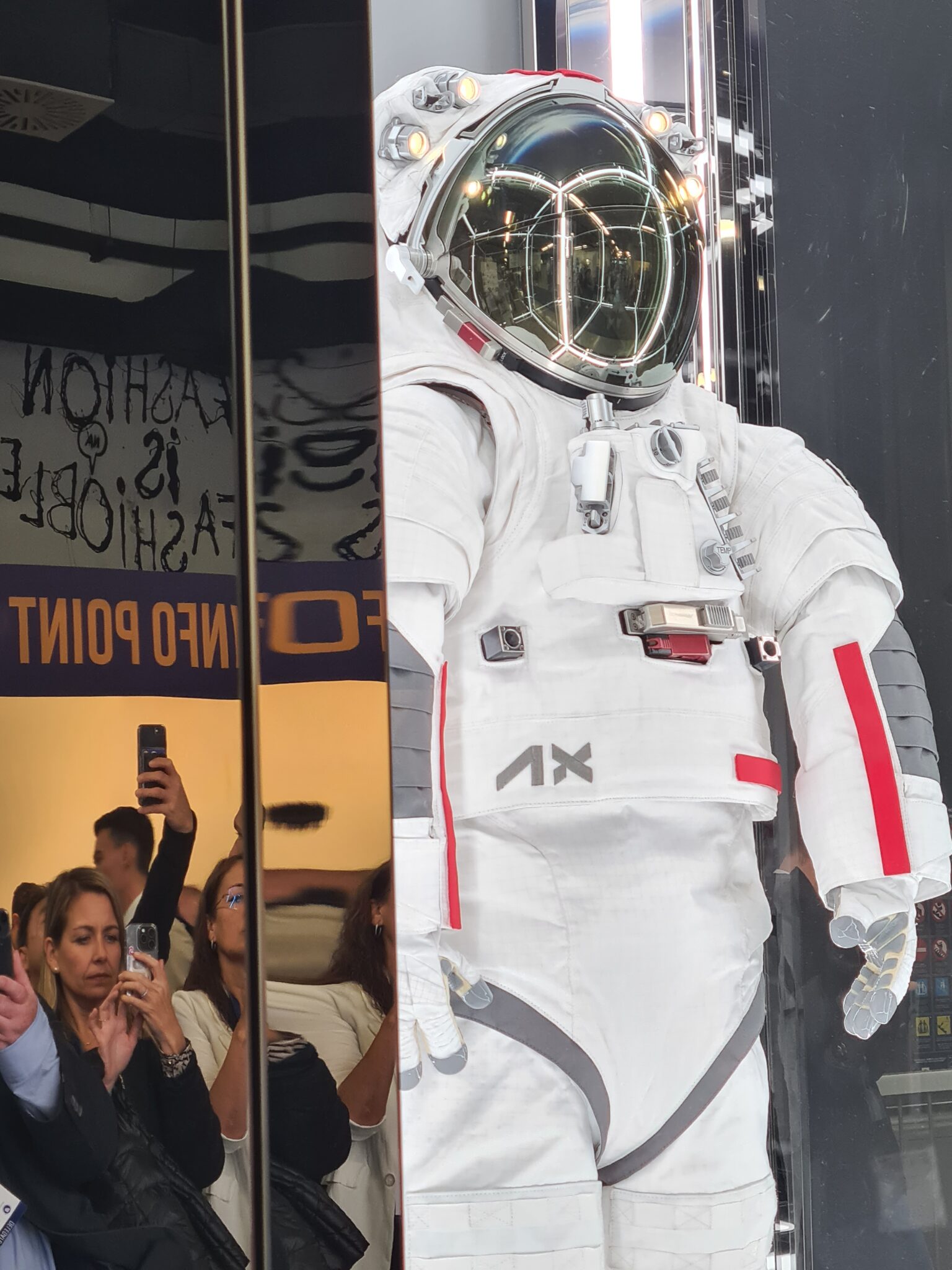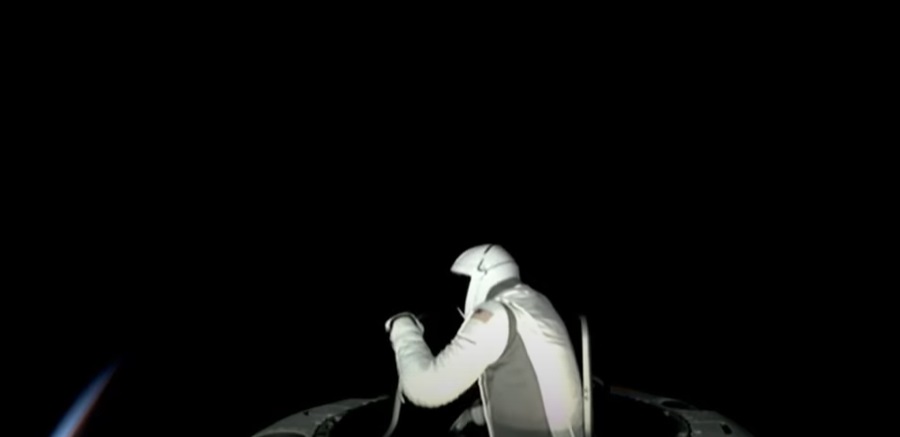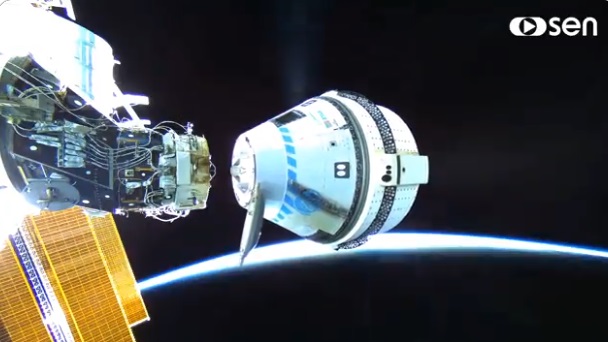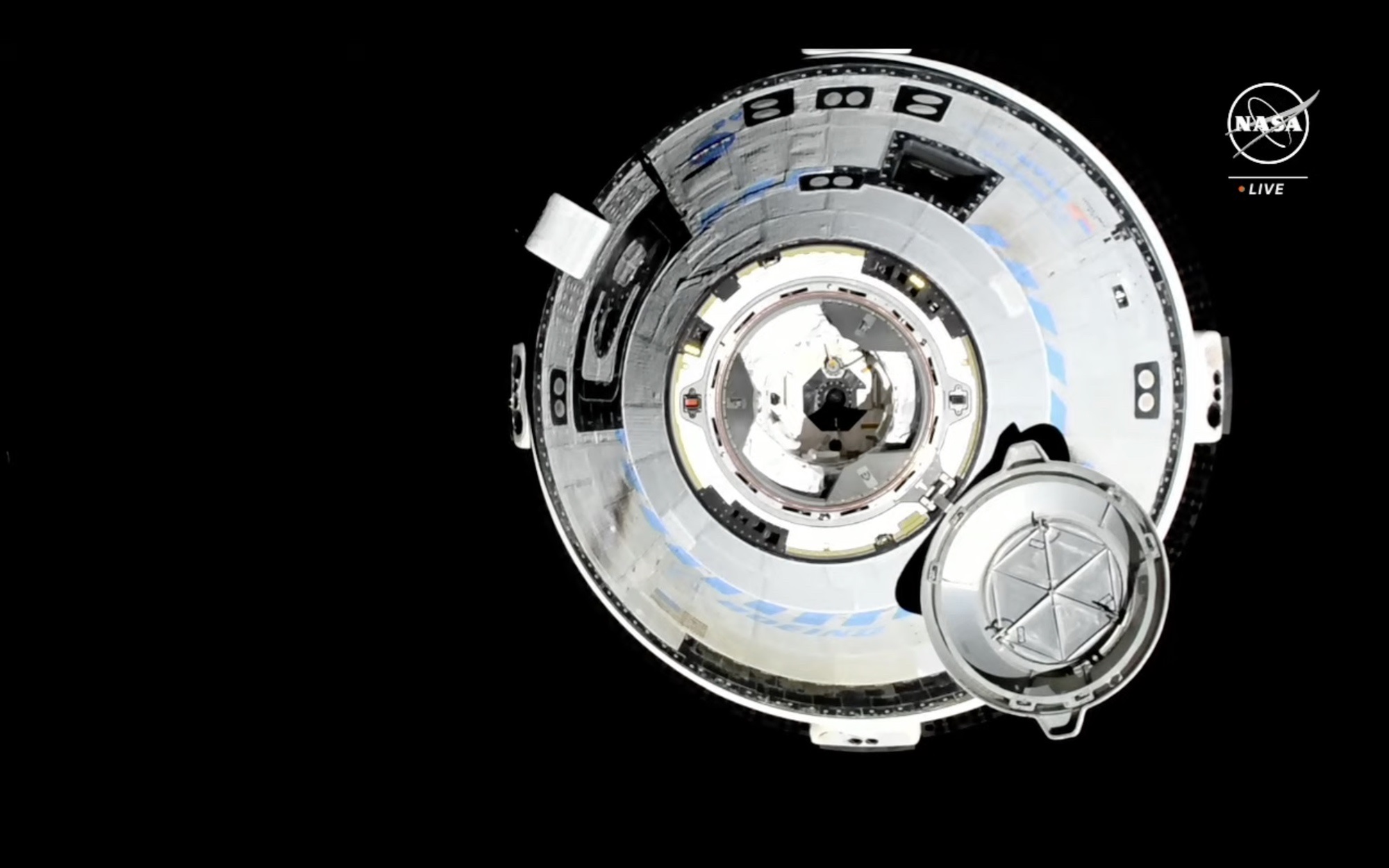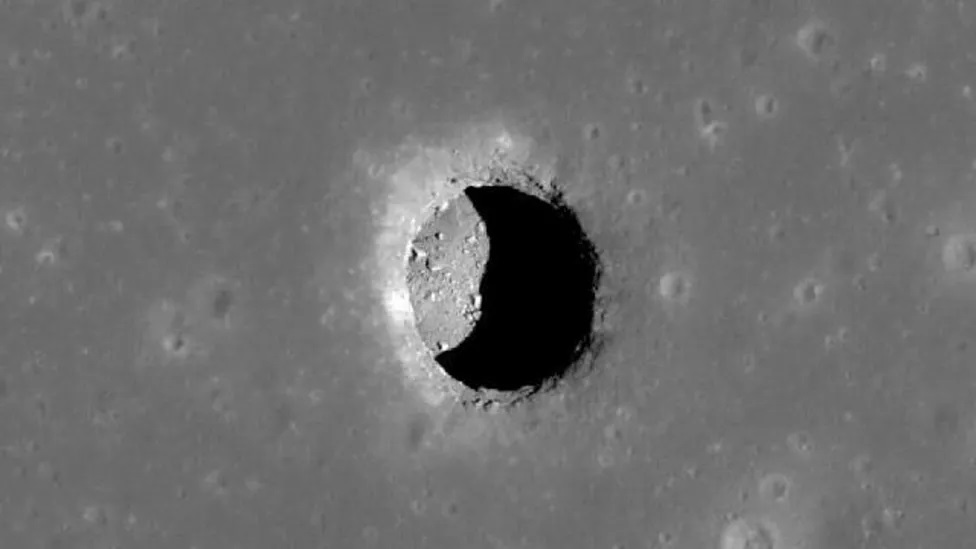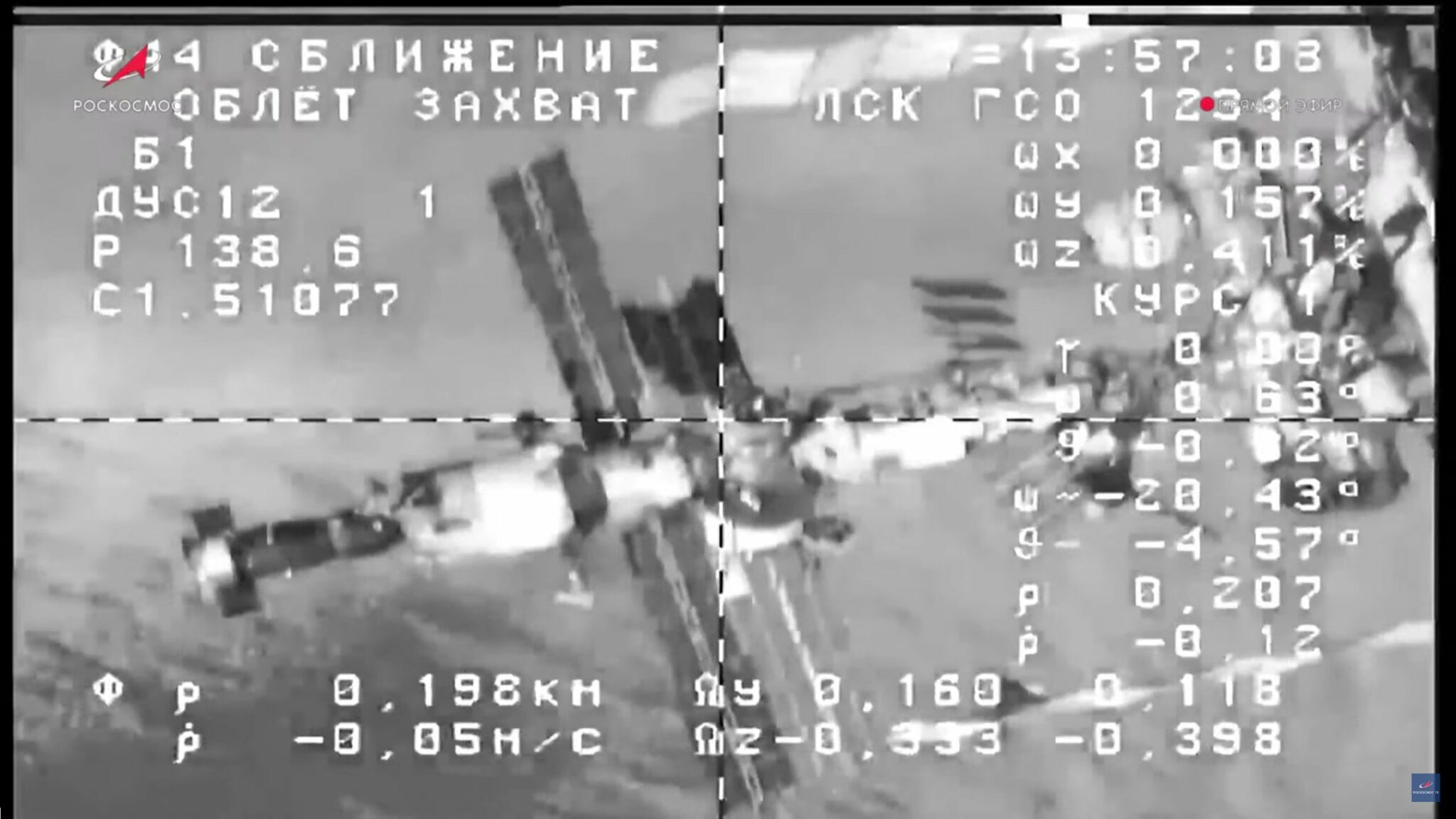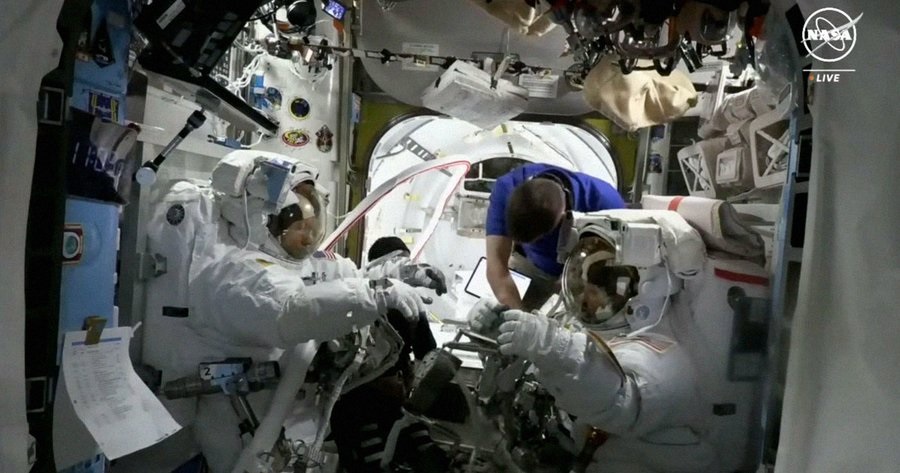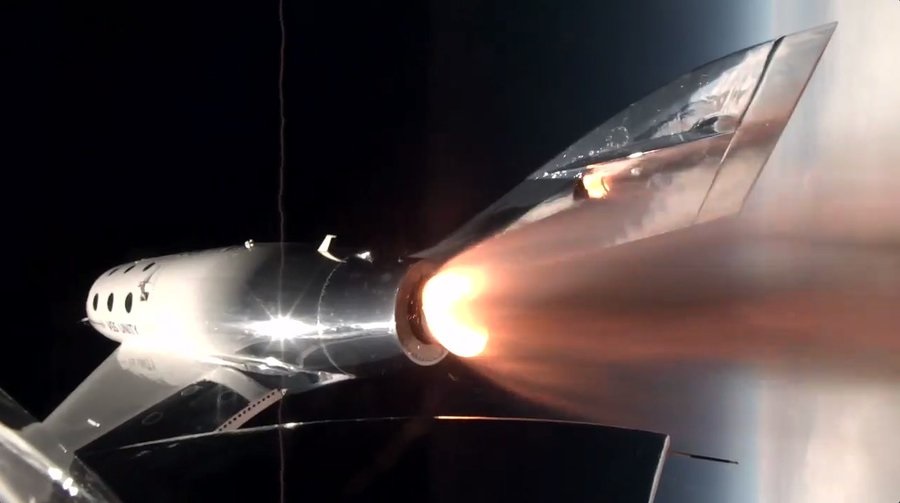After budget negotiations with Congress, US President Barack Obama has now signed off NASA’s budget as part of the overall US government spending plans. While NASA’s budget was increased by $700 million over last year’s sequestrated effort, NASA remains in a tight spot even with $17.65 billion to spend. For in reality it was more or less another “flat” budget for NASA and the Administration found itself both constrained by this total amount and by what it was allowed to spend the money on. In the budget, the Commercial Crew launch programme received $696 million, about $125 million less than NASA said it needs to stay on track to make its first commercial manned flight in time for its end of 2017 deadline.
Other parts of NASA’s programme were luckier. While its cost/utility may have come under fire from Lori Garver, the recently departed NASA Deputy Administrator, the SLS (Space Launch System) heavy lift launch vehicle and the Orion Multi-purpose manned space exploration capsule remains favoured by the US Senate and the rest of Congress. With $1.6 billion and $1.2 billion budgeted respectively, they received about $200 million above that requested.
A fuller description of the NASA budget is available from spaceflightnow.com: http://www.spaceflightnow.com/news/n1401/17budget/#.Ut0Gt89FCM8
Comment by David Todd: Both SLS/Orion and commercial crew programmes are needed by NASA: the former to provide NASA with the means to make long range exploration of the Moon, asteroids and eventually Mars, and the latter to provide cheaper regular access to low Earth orbit.
SLS and Orion are, to the annoyance of their critics (including presumably Lori Garver), both on track and, in some areas, ahead of schedule. The only “fly in the ointment” is with the European-supplied service module whose weight issues and technical problems may yet cause the rest of the SLS/Orion programme to be late.
While SLS is proving to be successful, to denude the commercial programme in favour SLS may cause forced choices and result longer term downsides for NASA. For reduced funding for commercial crew programme makes it more likely that NASA will have to down-select two out of the three crew options for more funding. Our choice would be to have a mini-shuttle and a capsule. That is we would choose the Sierra Nevada Corp’s Dream Chaser which promises to be the best option in the long term and pair it with either one of Space X’s Dragon or Boeing’s CST-100 capsules as an insurance. There is not the money to do all three options and have at least one craft flying operationally by 2017. However, there is a danger that NASA will choose to drop the higher-risk Dream Chaser development in favour of capsules only (in the last funding round Sierra Nevada Corp received only half the funding of its lower risk capsule competitors). While this would be “less risky” and cheaper in the short term, it could be less cost/effective in the longer run.

